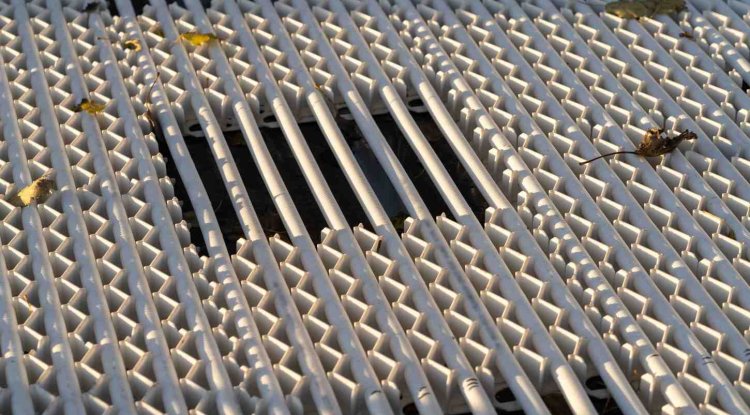Composite Steel Deck Systems: Acoustic Performance Essentials
Discover how proper acoustic design in composite steel deck systems can transform building performance and occupant satisfaction. Join us as we explore practical approaches, innovative solutions, and industry best practices for achieving optimal sound control in your next project.

Agenda: Mastering Acoustic Performance in Deck Systems
| Fundamentals of Acoustic Performance Understanding sound transmission, isolation, and absorption in composite deck systems |
Design Considerations Key factors affecting acoustic performance and how to address them at the design stage |
|
| Testing & Compliance Methods for verifying acoustic performance and meeting building code requirements |
|
Fundamentals of Acoustic Performance
|
Key Acoustic Concepts
|
|
Understanding how sound moves through composite deck assemblies is essential for effective acoustic design.Sound can travel directly through materials, around barriers via flanking paths, or resonate within cavity spaces.
The Acoustic Challenges of Composite Deck Systems
|
Low-Frequency Noise
Steel deck's inherent rigidity and mass properties make controlling low-frequency sound particularly challenging, especially footfall impact noise. |
Flanking Transmission
Sound easily travels along continuous steel elements, creating acoustic "short circuits" that bypass isolation measures unless properly detailed. |
Resonance Effects
Hollow cells and cavities in composite deck systems can create resonance chambers that amplify certain sound frequencies. |
These challenges require thoughtful design approaches that consider the entire building system rather than just individual components. At Consac, we've found that addressing these issues early in the design process leads to more cost-effective solutions.
Design Considerations for Acoustic Performance
|
Mass & Damping
|
Decoupling & Isolation
|
Cavity Treatments
|
Critical Detailing for Sound Control
-
Deck-to-Wall Junctions
-
Use isolation pads at deck bearings and flexible sealant at perimeters to prevent rigid connections that transmit sound.
-
Maintain gap between deck edge and wall structure.
-
-
Penetration Treatments
-
Oversized openings with acoustic sealant for pipes and conduits.
-
Sleeve penetrations through deck with resilient materials.
-
Never allow rigid contact between services and structure.
-
-
Ceiling Attachment
-
Use resilient channel or isolation hangers to decouple ceiling from deck structure.
-
Avoid bridging isolation elements with rigid fasteners or tight drywall installations.
-
Testing and Compliance Verification
|
|
Code Requirements
|
Key Takeaways & Implementation Strategy
-
Design Early & Holistically
Integrate acoustic considerations at the earliest design stages.
Retrofitting for sound is always more expensive and less effective. -
Focus on Details
The weakest acoustic link determines overall performance.
Develop comprehensive details and ensure proper field implementation. -
Verify Performance
Include field testing in quality control processes to confirm design assumptions and identify potential issues early. -
Partner with Experts
Acoustic design in composite steel deck systems requires specialized knowledge and experience.
Working with consultants familiar with these specific challenges can save time and resources while ensuring optimal results.
At Consac, our team of engineers and deck specialists can help integrate acoustic performance into your composite steel deck designs through consultation, detail development, and performance verification. Contact us to discuss how we can support your next project.
What's Your Reaction?


















